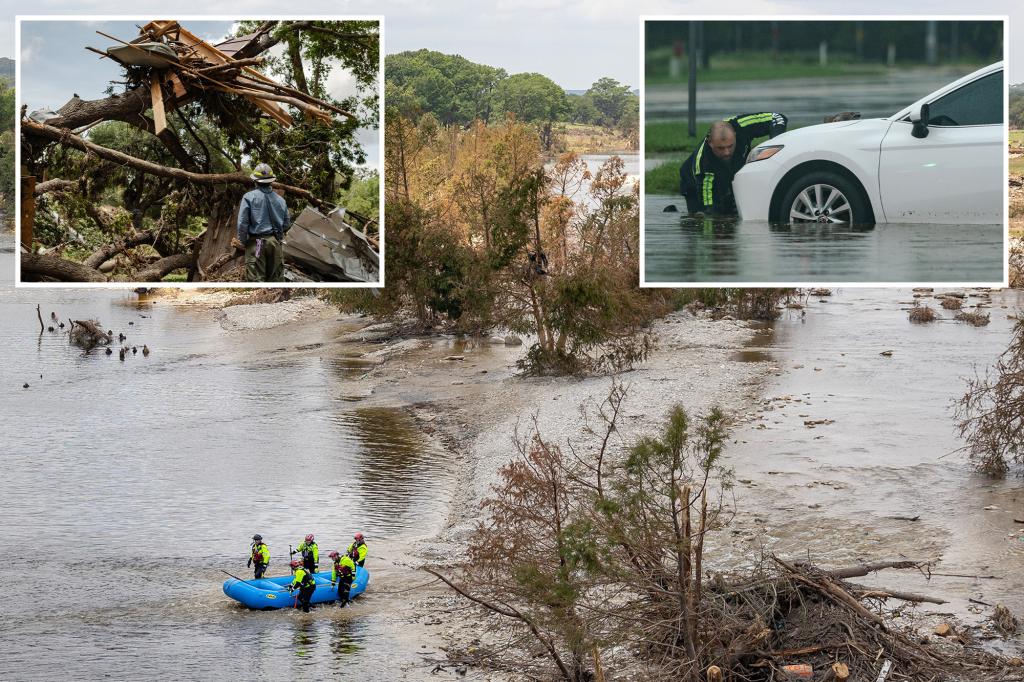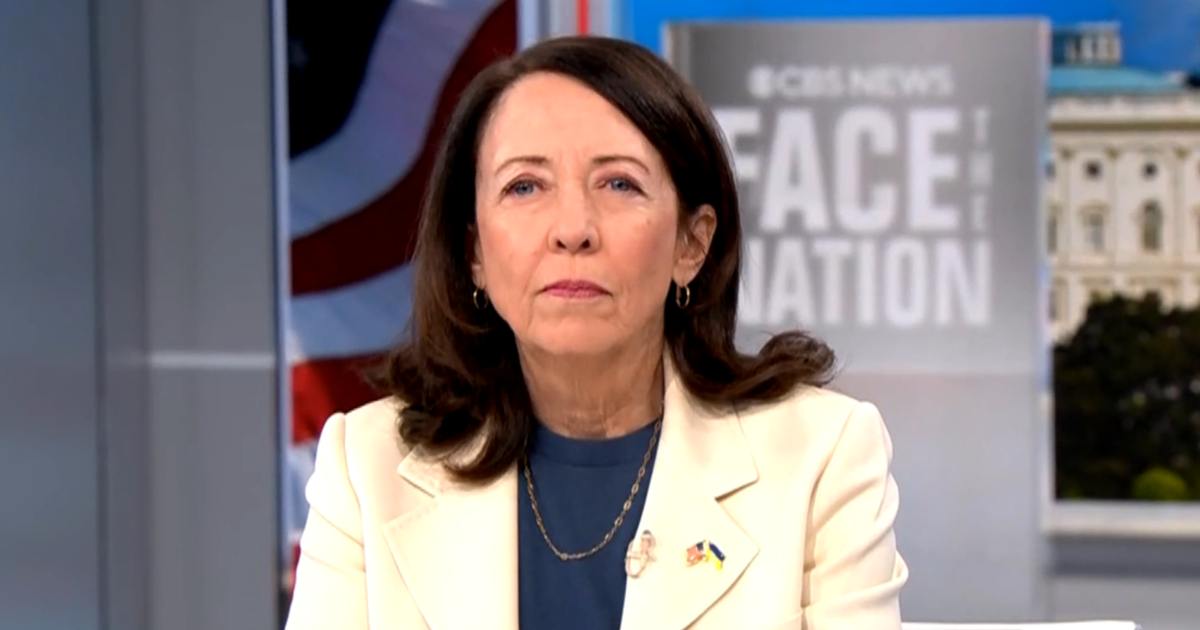Rising Challenges: How DOGE’s Decision to Cut Balloon Launches Could Impact US Weather Forecasting
In a surprising turn of events, the Department of Geoscience and Environment (DOGE) has announced a significant reduction in its balloon launch operations, a decision that has sent ripples through the meteorological community. Experts are warning that this change could lead to a substantial deterioration in the accuracy of US weather forecasts. As weather prediction becomes increasingly vital for public safety and economic stability, this shift raises serious concerns about our ability to predict severe weather events. To navigate these challenges, a call for alternative solutions has emerged, urging innovation and collaboration within the meteorological field.
The Importance of Balloon Launches in Weather Forecasting
Balloon launches have long been a cornerstone of meteorological practices. These high-altitude balloons carry instruments that collect critical atmospheric data, such as temperature, humidity, pressure, and wind speed. This data is essential for improving the models that meteorologists use to forecast weather. The information gathered from these balloons helps create a comprehensive understanding of the atmospheric conditions, enabling more accurate predictions of weather patterns.
In the United States, the National Weather Service (NWS) relies heavily on this data to issue timely warnings for severe weather events, including hurricanes, tornadoes, and winter storms. The decision by DOGE to cut balloon launches could lead to:
- Reduced Data Quality: With fewer balloon launches, the volume and quality of atmospheric data could decline, leading to less reliable weather models.
- Increased Forecast Errors: As the data becomes sparse, the potential for forecast errors increases, posing risks to public safety.
- Impact on Research: Balloon data is also critical for atmospheric research, including climate change studies.
Understanding the Decision Behind the Cuts
The decision to reduce balloon launches stems from various factors, including budget constraints and shifting priorities within DOGE. While the agency has cited the need for reallocating resources towards more technologically advanced methods, experts argue that this move may be shortsighted.
Some proponents of the cuts argue that advancements in satellite technology and ground-based radar systems can compensate for the loss of balloon data. However, many meteorologists contend that these technologies cannot fully replace the unique data that balloon launches provide. They emphasize that balloons offer real-time, high-resolution data that satellites may not capture effectively, especially in rapidly changing weather conditions.
Potential Consequences for Severe Weather Prediction
The implications of cutting balloon launches are particularly concerning when it comes to severe weather prediction. The frequency and intensity of extreme weather events have been on the rise due to climate change, making accurate forecasting more critical than ever. The consequences of inaccurate predictions are profound, affecting everything from daily commutes to disaster preparedness.
- Public Safety Risks: Inaccurate forecasts can lead to inadequate warnings for severe weather events, putting lives at risk.
- Economic Impact: Businesses and industries that rely on accurate weather predictions, such as agriculture and tourism, could face significant economic losses.
- Environmental Concerns: Poor forecasts can hinder efforts to address climate change and environmental degradation.
Exploring Alternative Solutions
Given the potential fallout from DOGE’s decision, the meteorological community is calling for innovative solutions to address the data shortfall. Here are some proposed alternatives:
- Enhanced Use of Drone Technology: Drones equipped with meteorological sensors could be deployed to gather atmospheric data in real-time, filling the gaps left by reduced balloon launches.
- Leveraging Crowdsourced Data: Engaging the public to report local weather conditions can help supplement data collection efforts.
- Collaboration with Private Sector: Partnering with private companies that specialize in weather technology can enhance data collection capabilities.
The Role of Government and Policy Makers
To mitigate the challenges posed by the reduction in balloon launches, it is crucial for government officials and policymakers to recognize the importance of robust weather data collection. This situation presents an opportunity for advocacy regarding funding and support for weather forecasting initiatives.
Investing in technologies that complement balloon data collection is essential. Policymakers should prioritize funding for research and development in meteorological technologies and ensure that agencies like DOGE maintain adequate resources for balloon launches.
The Path Forward: Emphasizing Collaboration and Innovation
As the meteorological community grapples with the challenges posed by DOGE’s decision, collaboration and innovation will be key. Engaging scientists, engineers, and policymakers in discussions about how to advance weather forecasting capabilities is critical. By pooling resources and sharing knowledge, the meteorological field can rise to the occasion and develop new strategies to ensure accurate weather predictions.
Moreover, public awareness and education about the importance of weather forecasting can foster support for continued investment in balloon launches and other data collection methods. Engaging communities in understanding the science of weather can empower them to advocate for necessary resources and technologies.
Conclusion
The decision by DOGE to cut balloon launches may pose significant challenges to the accuracy of US weather forecasting. While advancements in technology offer potential solutions, the unique data provided by balloons remains irreplaceable. It is essential for the meteorological community, policymakers, and the public to come together to address these challenges and ensure that weather prediction remains reliable and effective. As we face a future marked by climate change and extreme weather events, our ability to accurately forecast and respond will be more critical than ever.
Ultimately, by prioritizing innovation, collaboration, and effective policy, we can navigate the rising challenges in weather forecasting and safeguard communities across the nation.
See more Your Daily Weather



